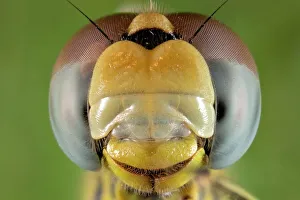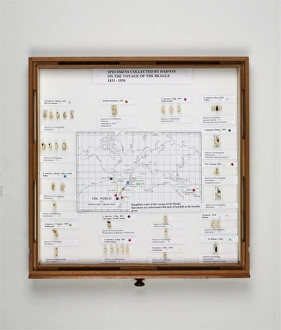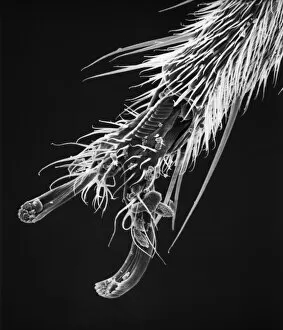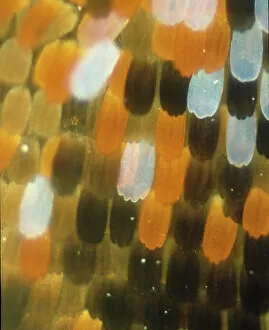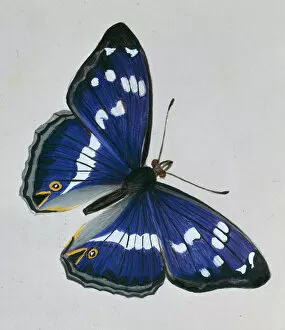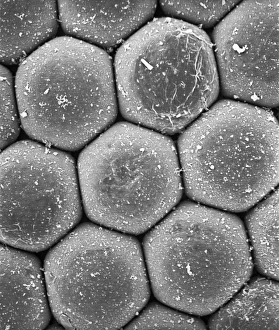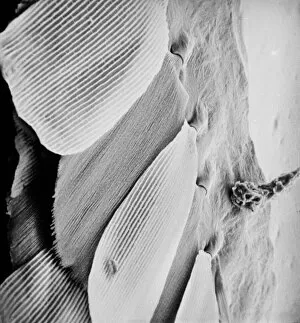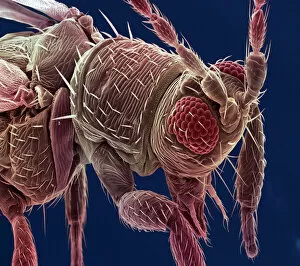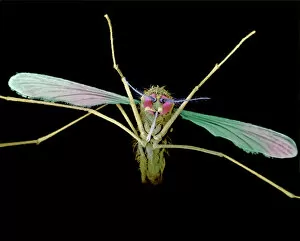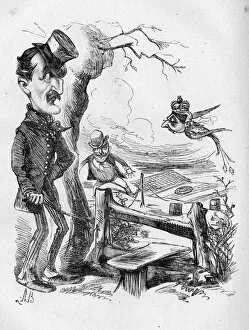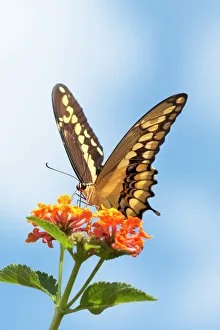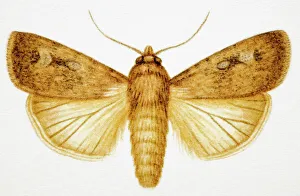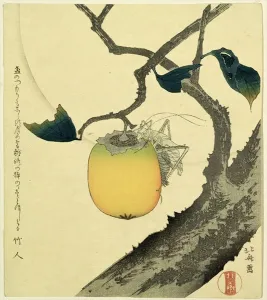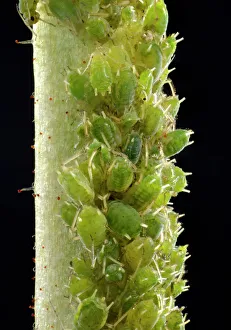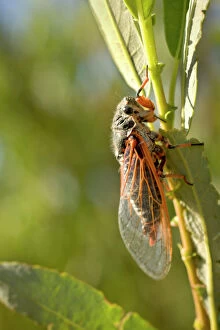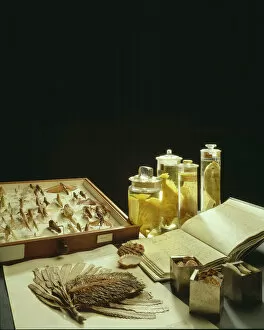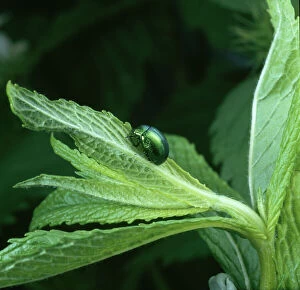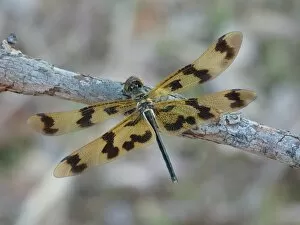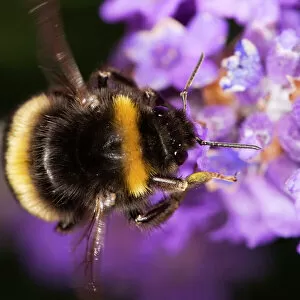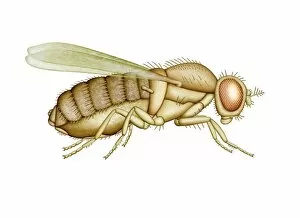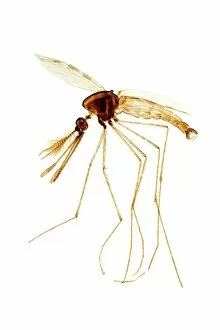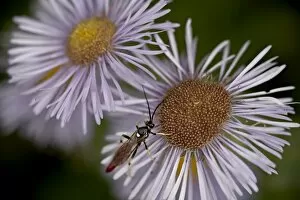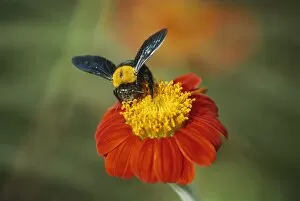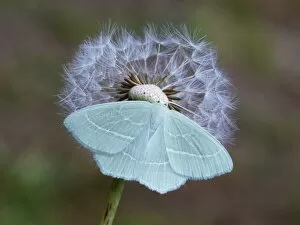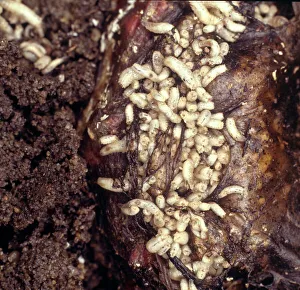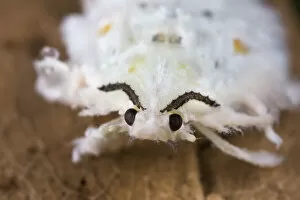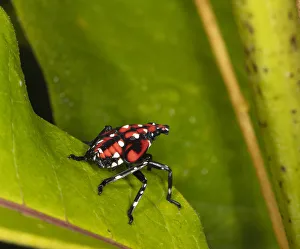Insect Collection (page 7)
"Insects: Nature's Tiny Wonders Unveiled" Majestic and rare, the Ornithoptera alexandrae, also known as Queen Alexandra's birdwing butterfly
All Professionally Made to Order for Quick Shipping
"Insects: Nature's Tiny Wonders Unveiled" Majestic and rare, the Ornithoptera alexandrae, also known as Queen Alexandra's birdwing butterfly, gracefully flutters through the rainforests. A mesmerizing sight - honey bees diligently at work on a honeycomb, creating nature's golden elixir. Delving into the intricate world of honey bees (Apis mellifera), witness their fascinating life cycle in an expanded cross-section of a hive. The Venus fly trap - a carnivorous plant that lures unsuspecting insects with its captivating beauty before trapping them for nourishment. Step into the entomologist's realm and marvel at an array of meticulously preserved insect specimens, each telling its own story. Journey back in time through historical artwork depicting bee anatomy, showcasing how our understanding of these buzzing creatures has evolved over centuries. Maria Sibylla Merian's exquisite butterfly illustrations transport us to a world where colors dance on delicate wings with unmatched elegance. Explore the diversity of insects through an assortment of species; from beetles to butterflies, each one plays a vital role in maintaining ecological balance. Catching some rays on a sun-kissed plant leaf, the Red Admiral butterfly (Vanessa atalanta) basks in warmth while displaying its vibrant patterns for all to admire. Behold the beetle display case J970134 – an extraordinary collection showcasing nature’s incredible variety within this diverse insect order.


